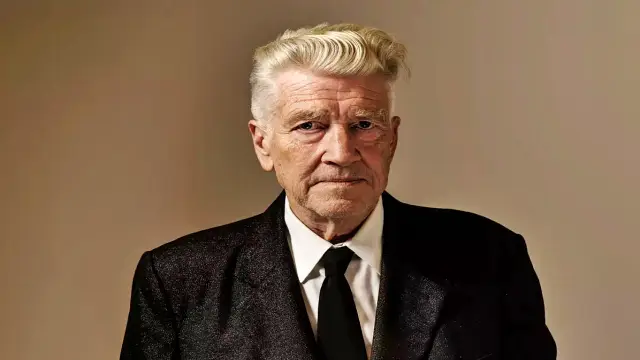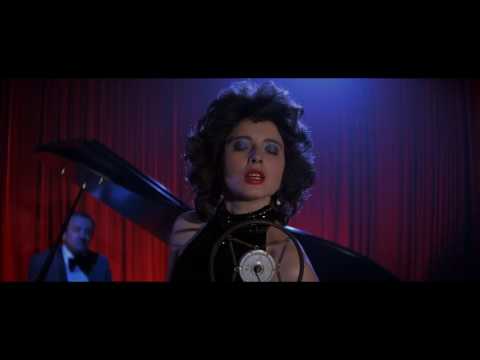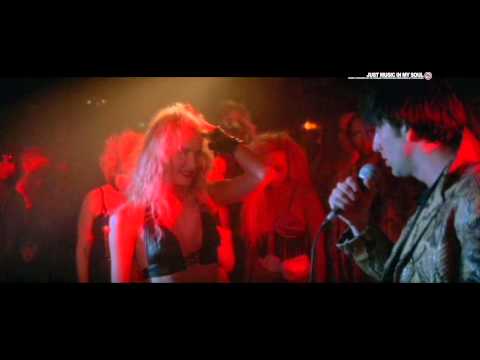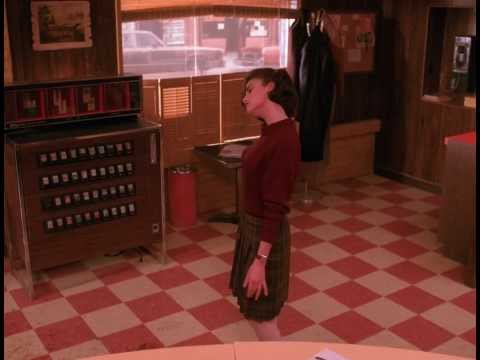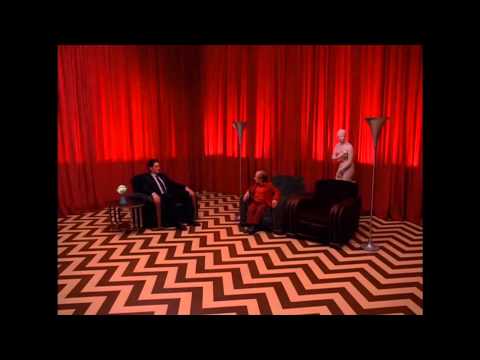David Lynch is a filmmaker like no other. His movies are a blend of the surreal, the mysterious, and the downright unsettling. From Twin Peaks to Mulholland Drive, Lynch has created a unique cinematic universe that’s instantly recognizable. But what exactly makes a David Lynch film? What are the recurring themes, symbols, and quirks that define his work?
Let’s dive into the world of Lynch and explore 15 trademarks that make his films so unforgettable. Whether you’re a die-hard fan or new to his work, these elements will give you a deeper appreciation for the man behind the mystery.
1. Women as Protagonists
David Lynch loves women. Not just as characters, but as the driving force of his stories. From Laura Palmer in Twin Peaks to Betty Elms in Mulholland Drive, women are often at the heart of his films. Lynch explores their struggles, desires, and complexities with a palpable sympathy.
And let’s not forget the aesthetic. Lynch has an eye for beauty, often casting strikingly beautiful actresses who bring an ethereal quality to his work.
2. The Power of Music
At some point in a Lynch film, someone will get on stage and sing. And its usually a sad, haunting song that leaves you with a lump in your throat. Think of Rebekah Del Rio’s performance of “Llorando” in Mulholland Drive or Julee Cruise’s dreamy vocals in Twin Peaks.
Music isn’t just background noise in Lynch’s world—it’s a character in its own right.
3. Zig-Zag Patterns
Lynch has a thing for zig-zags. Whether it’s on floors, walls, or even clothing, this pattern pops up repeatedly in his films. It’s a small detail, but it adds to the surreal, off-kilter vibe that defines his work.
4. Theatrical Curtains
Curtains are a recurring motif in Lynch’s films. They’re not just decorative—they’re symbolic. For Lynch, curtains evoke the idea of a stage, of something hidden waiting to be revealed. It’s no wonder his films often feel like a play, with characters stepping in and out of the spotlight.
5. Dark, Moody Rooms
Lynch loves dimly lit rooms filled with shadows and mystery. The low lighting, often created by lamps, adds to the eerie atmosphere. These spaces feel alive, as if they’re hiding secrets just waiting to be uncovered.
6. Iconic Locations
Nightclubs, motels, and diners are staples of Lynch’s films. And they always have cool, quirky names like Winkies in Mulholland Drive or The Bang Bang Bar in Twin Peaks: Fire Walk With Me. These locations aren’t just settings—they’re integral to the story, often serving as places where reality bends and twists.
7. The Droning Sound
From Eraserhead to Lost Highway, Lynch uses a droning sound to create tension. It’s the kind of noise that makes you feel like a spaceship is hovering just out of sight—or that something terrible is about to happen.
8. Jack Nance, the Lynch Regular
Jack Nance, the star of Eraserhead, appeared in almost every Lynch film until his death in 1997. His presence became a hallmark of Lynch’s work, a familiar face in an otherwise strange and unpredictable world.
9. Musical Favorites
Lynch has a soft spot for Roy Orbison and Chris Isaak. Songs like “In Dreams” and “Wicked Game” have become synonymous with his films, adding a layer of nostalgia and melancholy.
10. Suburban Darkness
Lynch loves exploring the dark side of small-town life. Behind the pretty houses and white picket fences, there’s always something sinister lurking. It’s a theme that runs through Blue Velvet, Twin Peaks, and many of his other works.
11. Identity Shifts
Characters in Lynch’s films often switch bodies or lives, symbolizing the fluid nature of identity. Whether it’s Betty and Rita in Mulholland Drive or Fred Madison in Lost Highway, these transformations keep audiences guessing.
12. Blondes, Blondes, Blondes
If there’s one thing Lynch loves, it’s blondes. From Laura Dern to Naomi Watts, blonde actresses dominate his films. Sometimes the hair is real, sometimes it’s not—but it always adds to the dreamlike quality of his work.
13. Smoking as a Motif
Lynch is an avid smoker, and his characters often share the habit. In Wild at Heart, there’s even a conversation about cigarette brands. It’s a small detail, but it adds to the gritty, lived-in feel of his films.
14. Electric Blue
Electric blue is Lynch’s color of choice for the supernatural. Whether it’s the Blue Box in Mulholland Drive or the eerie lighting in Twin Peaks, this hue signals that something otherworldly is about to happen.
15. The Eternal Mystery
Above all, Lynch’s films are defined by mystery. Where did the ear in Blue Velvet come from? What’s inside the Blue Box? Why does Frank mutate in Lost Highway? Lynch understands that a good mystery keeps audiences hooked, and he uses it to great effect.
Final Thoughts: The Lynchian Legacy
David Lynch’s films are more than just movies—they’re experiences. They challenge, unsettle, and captivate, leaving audiences with more questions than answers. But that’s the beauty of his work. Lynch doesn’t give you easy solutions; he invites you to explore the mystery for yourself.
So, the next time you watch a Lynch film, keep an eye out for these trademarks. They’re the threads that tie his cinematic universe together, creating a world that’s as strange as it is unforgettable.
What’s your favorite David Lynch film? Did I miss any of his trademarks? Let me know in the comments—and don’t forget to share your thoughts on the eternal mysteries of his work!

